- Is your beard itchy and flaky? You might be dealing with beard dandruff, also known as seborrheic dermatitis.
- Understand the root cause: Learn about the Malassezia yeast and its role in beard dandruff.
- Explore effective treatments: Discover anti-fungal solutions, barrier repair methods, and home remedies.
- Simple lifestyle changes can make a big difference: Find out what to avoid to prevent those annoying flare-ups.
- Get clear, actionable advice: Take control of your beard health and say goodbye to dandruff.
This article provides a complete guide to understanding and managing beard seborrheic dermatitis (beard dandruff). We’ll break down the science, explore practical treatments, and give you the knowledge to achieve a healthy, flake-free beard.
Seborrheic Dermatitis and Dandruff: What’s the Connection?
While sometimes debated, most experts consider dandruff a milder form of seborrheic dermatitis. For simplicity, we’ll use these terms interchangeably throughout this guide.
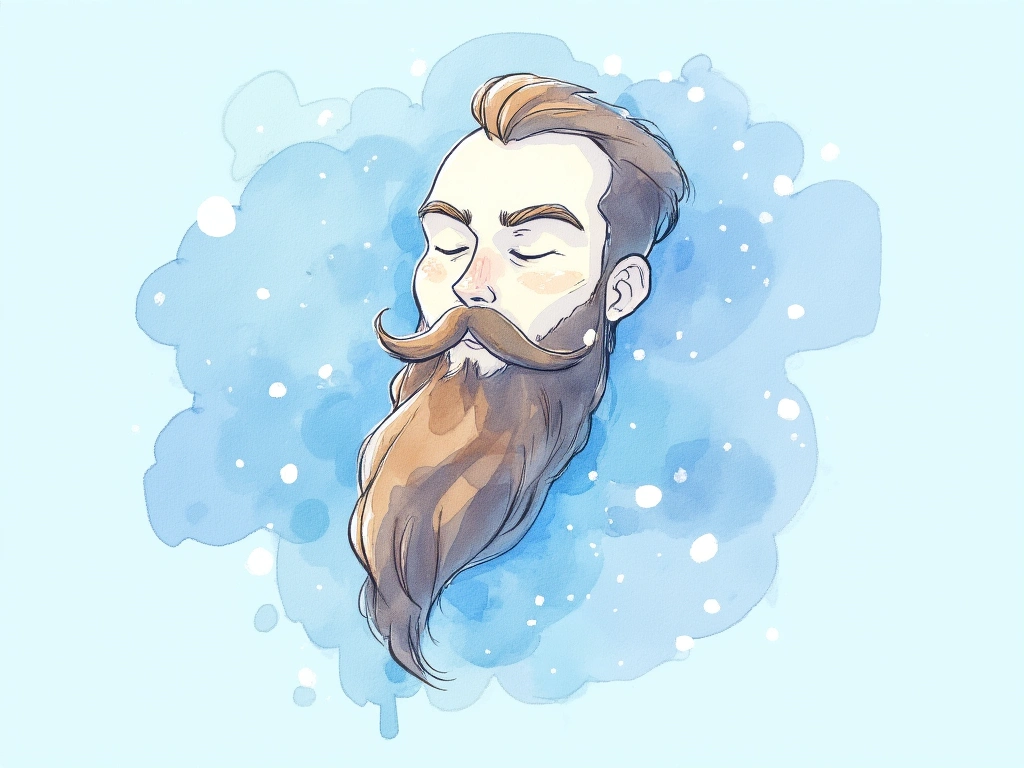
Understanding Beard Dandruff: More Than Just Flakes
To truly tackle beard dandruff, it’s helpful to understand what’s happening beneath the surface. Let’s dive into the science and explore the current understanding of this common skin condition.
The Role of Malassezia Yeast
Current research points to Malassezia yeast as a primary factor in both dandruff and seborrheic dermatitis.
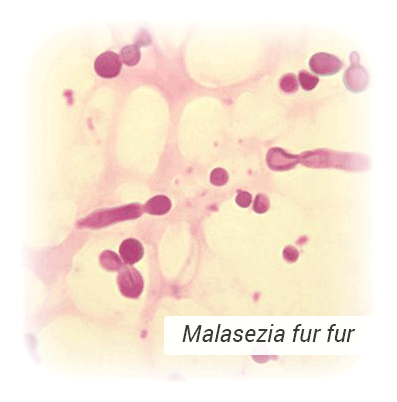
Malassezia is a type of fungus that naturally lives on the skin of humans and animals. While usually harmless, it’s been linked to various skin issues [1], including:
- Seborrheic dermatitis (beard dandruff)
- Pityriasis versicolor
- Malassezia folliculitis
- Atopic dermatitis
However, the exact role of Malassezia in these conditions, especially seborrheic dermatitis, is still being investigated.
For instance, in pityriasis versicolor, Malassezia transforms into a more aggressive form, triggering skin symptoms [2].
Seborrheic Dermatitis: Why the Yeast Connection?
Unlike pityriasis versicolor, seborrheic dermatitis doesn’t show this aggressive yeast transformation [3]. Researchers are still working to understand why Malassezia causes problems for some but not others. This ongoing debate questions if yeast is the only cause of seborrheic dermatitis [4].
So, why is Malassezia still considered a key player in beard dandruff?
The strongest evidence lies in the effectiveness of anti-fungal treatments. Shampoos, cleansers, and creams designed to fight fungus often clear up symptoms for many people. This success suggests that reducing fungal activity can alleviate the issue.
Further supporting the Malassezia connection:
- Studies show significantly higher Malassezia populations (up to 700% greater) on affected skin compared to healthy skin [5].
- Oleic acid, a fatty acid produced by Malassezia, is known to cause seborrheic dermatitis symptoms [6].
This evidence strongly suggests Malassezia plays a central role in beard dandruff and seborrheic dermatitis.
The Dandruff Cycle: How it Happens
Here’s a simplified look at how beard dandruff develops:
- Increased Malassezia Activity: Leads to a higher production of oleic acid.
- Skin Barrier Breakdown: Oleic acid weakens the skin’s protective barrier [7, 8].
- Immune Response: A compromised barrier allows Malassezia and its byproducts to interact with deeper skin layers, triggering the immune system [9, 10].
- Inflammation: The immune response causes inflammation.
- Abnormal Skin Formation: High inflammation disrupts the normal skin cell turnover, leading to flaky skin (epidermis) [11].
- Impaired Barrier Recovery: The abnormal skin formation prevents the skin barrier from fully healing, creating a cycle.
This cycle traps the skin in a state of constant irritation and flaking. While not universally agreed upon, this mechanism is a leading explanation in current research [12, 13, 14].
For this article, we’ll focus on this understanding of dandruff causes. If you want to explore other potential factors, check out the Underlying Causes of Seborrheic Dermatitis and Medical Classification section in our online book.
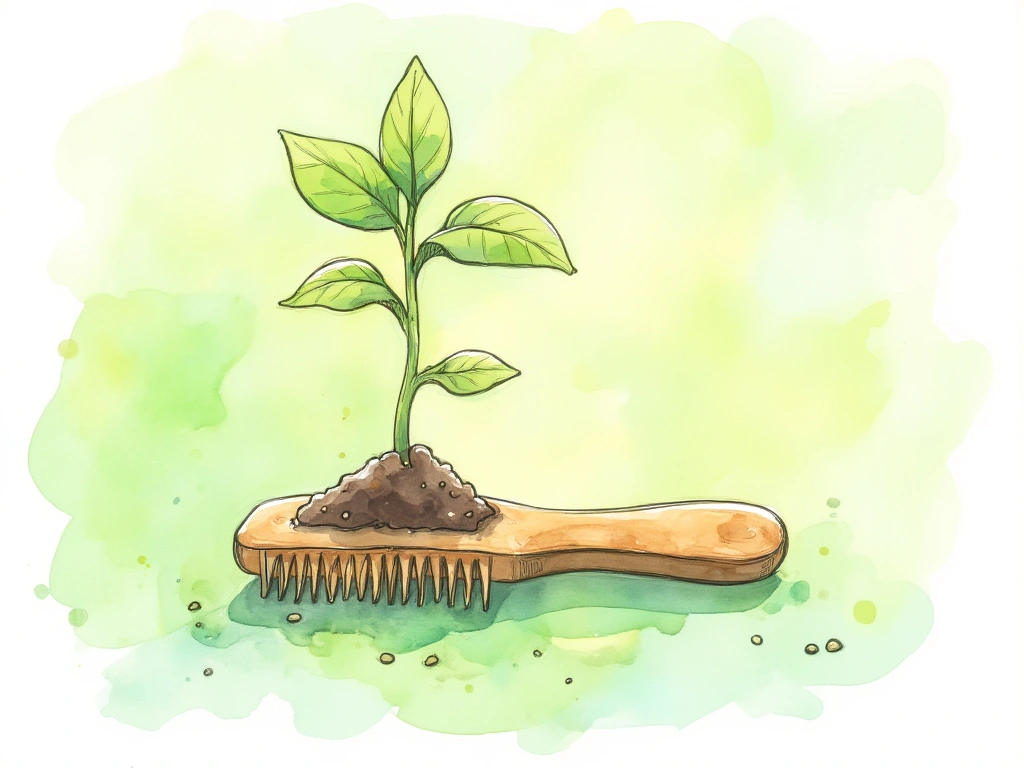
Beard Dandruff Basics: Treatment Approaches
Now that you understand the likely cause, let’s explore how to approach treatment. Instead of jumping straight to products, consider these fundamental strategies.
Anti-fungal vs. Barrier Repair: Which Approach is Best?
As we discussed, beard dandruff involves both Malassezia yeast and a weakened skin barrier [].
Many popular treatments focus solely on killing the Malassezia fungus, often neglecting the skin barrier.
While anti-fungals can provide quick relief by reducing yeast, the results are often temporary. The underlying barrier issue remains, and symptoms return once the yeast population recovers.
For lasting relief, a more comprehensive approach is needed. This could involve:
- Addressing Malassezia and Repairing the Barrier: Combining anti-fungal treatments with barrier-repairing products.
- Focusing on Barrier Repair Alone: Strengthening the skin barrier to the point where it can tolerate the natural presence of Malassezia without irritation, similar to healthy skin.
Preventing Beard Dandruff Flares: What to Avoid
Even after successful treatment, beard dandruff can return. Genetics may play a role, but lifestyle factors also contribute. Here are key things to avoid to minimize flare-ups:
- **Over-Washing Your Beard:**** Excessive washing strips the skin of its natural oils, damaging the barrier and altering pH balance. This can trigger faster symptom recurrence.
- Physical InteractionPicking and Touching Your Beard Too Much:**** Picking at flakes further damages the skin barrier and constant touching can worsen inflammation. Resist the urge to examine it closely in the mirror!
- Balancing Dietary FatsDiets High in Unhealthy Fats:**** Despite some claims, high-fat diets, especially those rich in omega-6 fatty acids (common in vegetable oils), can promote systemic inflammation and potentially worsen dandruff.
 < div class="card-body">
< div class="card-body"> Top Beard Dandruff Treatments: Products and Remedies
Based on our understanding of causes and treatment approaches, let’s review the most common and effective solutions for beard dandruff. This includes both over-the-counter products, prescription options, and popular home remedies. We’ll highlight key points for beard dandruff specifically, and provide links to more detailed information on each option.Anti-fungal Creams and Washes: Targeting the Yeast
Since Malassezia is a primary culprit in beard dandruff, anti-fungal treatments are a standard approach. These products aim to reduce Malassezia activity, thereby decreasing oleic acid production and minimizing symptoms. Popular anti-fungal options for beard dandruff include: < h4>Zinc Pyrithione- Common Products: Head & Shoulders shampoo is the most well-known, but soaps and creams are also available.
- Beard Use: Many find success with washing their beard with a zinc pyrithione shampoo every other day. Some may need more frequent use.
- Personal Experience: While effective initially, dandruff often returned quickly with shampoos, soaps, and creams, making long-term management challenging.
Ketoconazole
- Common Products: Nizoral shampoo is the most popular, with creams and oral tablets also available (though oral tablets are rarely necessary [16]).
- Effectiveness: Often considered more effective than zinc pyrithione in clinical studies.
- Beard Use: Washing the beard and leaving the shampoo on for a minute or two is typical.
- User Feedback vs. Studies: While studies show promising results, user experiences sometimes differ, with some finding it less effective than expected.
- Personal Experience: Nizoral shampoo was too drying for scalp use, causing hair to feel unhealthy.
Clotrimazole
- Availability: Typically prescription-only, available as a cream.
- Effectiveness: Considered moderately effective, falling between ketoconazole and zinc pyrithione.
- Beard Use: Apply a thin layer of cream after washing and leave it until the next wash.
- Personal Experience: Prescribed for facial seborrheic dermatitis, it reduced flaking, but the cream’s texture felt heavy, potentially contributing to recurring inflammation.
Selenium Sulfide
- Common Products: Selsun Blue shampoo is the most common.
- Beard Use: Regular beard washes, leaving the shampoo in for a few minutes.
- User Reviews: Generally positive online reviews, but less extensive medical research compared to ketoconazole or zinc pyrithione.
- Personal Experience: No personal experience with selenium sulfide products.
Nystatin
- Usage: Less common than other anti-fungals for seborrheic dermatitis.
- Source: Recommended by a website visitor.
- Mildness: Appears to be milder than other common anti-fungals.
- Resistance: Some Malassezia strains may be resistant to nystatin [17].
- Personal Experience: No personal experience with nystatin products.
Coal Tar
- Mechanism: Not strictly anti-fungal, but effective for various skin conditions.
- Common Products: Washes, shampoos (Neutrogena T-Gel), and leave-on creams.
- Drawbacks: Strong color and odor limit modern popularity compared to newer options.
- Personal Experience: Neutrogena T-Gel shampoo (coal tar) was surprisingly effective and gentle, preventing symptoms for several days without excessive dryness.
Moisturizers and Barrier Repair: Healing From Within
As we’ve emphasized, a damaged skin barrier is a key factor in beard dandruff [18]. Repairing this barrier can be a powerful long-term strategy. It aims to reduce irritation and potentially make the skin less reactive to Malassezia naturally.
While newer research highlights barrier repair for dandruff [19], it’s less widely adopted than anti-fungal treatments.
However, personal experience suggests barrier repair can be highly effective. It not only manages symptoms but improves overall skin health and resilience, offering a more sustainable solution than constant anti-fungal use.
Popular Barrier Repair Products
Examples of barrier repair moisturizers include:
- Cetaphil Restoraderm
- CeraVe Moisturizing Cream
- EpiCeram
- Dermalogica Barrier Repair
- SkinFix Eczema Ointment
Many other products exist, and availability varies. This article won’t review each one individually.
Try Samples First

Dermatologists and clinics often have samples of barrier repair creams. Asking for samples is a great way to test different formulations and find what works best for your skin without committing to full-size products.
Personal Experience
Cetaphil Restoraderm products were highly effective personally. For almost a year, they were the only products needed to maintain clear skin. This experience highlighted that anti-fungals aren’t always necessary for managing seborrheic dermatitis. Later, a transition was made to an even simpler skincare routine.
Home Remedies: Natural Approaches
Beyond commercial products, many home remedies are popular for beard dandruff, often with strong online communities supporting their use. Some offer natural anti-fungal properties, while others focus on barrier repair and skin health.
”Natural” Doesn’t Always Mean “Safe”
While natural products can be appealing, remember that “natural” doesn’t automatically equal “safe.” Natural remedies can also alter skin structure and potentially cause damage, sometimes even more so than tested commercial products. Proceed with caution and awareness.
Popular home remedies for beard dandruff include:
Raw Honey
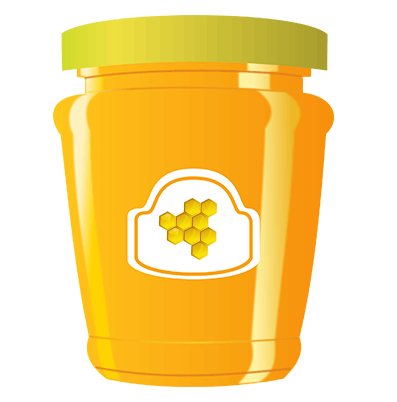
- Benefits: Honey is known for its skin-healing and wound-healing properties.
- Common Use: A mixture of raw honey and water is applied for 1-3 hours. The stickiness and time commitment can be inconvenient.
- Research Support: A study confirmed honey’s effectiveness as a treatment [20].
- Personal Experience: A favored home remedy personally, but the long application time made regular use impractical.
Vinegar (Regular or Apple Cider Vinegar)

- Popularity: Widely used and discussed in online communities.
- Historical Use: Vinegar has a long history in treating skin conditions.
- Common Use: Soaking the beard area in a 1:1 vinegar and water solution for a few minutes.
- Veterinary Use: Used for seborrheic dermatitis in dogs [21].
- Vinegar Type: Apple cider vinegar is common, but plain vinegar’s acidity is likely the key factor.
- Personal Experience: Vinegar washes provided inconsistent results, sometimes causing irritation.
- User Tip: Some users report skin adjusting to the acidity over time, with improved results.
Dead Sea Salt Water
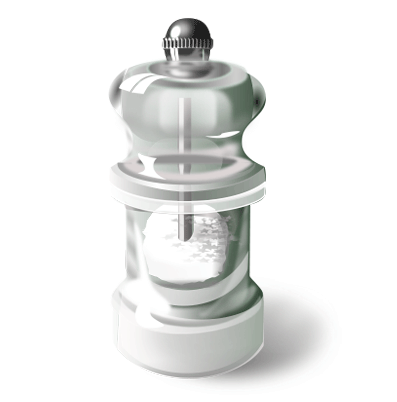
- Benefits: Dead Sea salt water improves skin hydration, wound healing, and reduces inflammation [22].
- Initial Experience: Initially seemed like a miracle cure for facial seborrheic dermatitis, quickly clearing symptoms. However, effectiveness faded with continued use.
- Sea Salt Comparison: Some find regular sea salt equally effective, but research suggests Dead Sea salt’s high magnesium content is superior [23].
- Mixing Ratio: Aim for a 5% solution – about 2.5 teaspoons of Dead Sea salt per cup (250ml) of water.
Carbonated Water
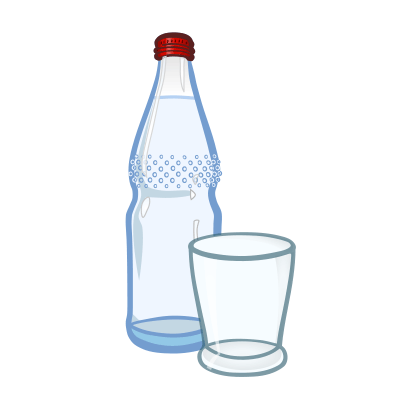
- Discovery: Discovered during work on the SkinSupport program.
- Mechanism: Carbonated water has a healthy skin-like pH. It aims to balance skin pH and promote barrier repair [24].
- Potential: Based on evidence, it’s considered promising, potentially better than apple cider vinegar due to a more balanced pH and no odor.
- DIY: Making carbonated water at home can be cost-effective for regular use. Higher carbonation means lower pH and more bubbles.
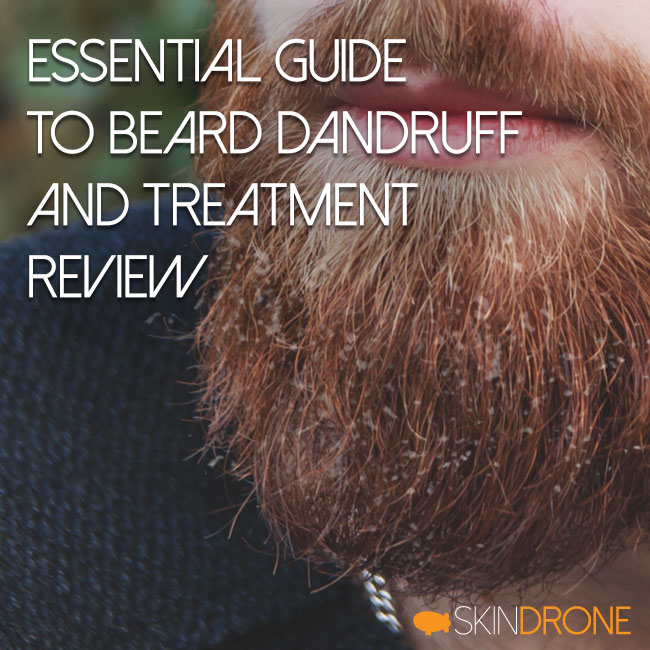

Michael, sorry for going a little off-topic here but…
You have made an extensive research throughout your hard times, because of that i believe you might have the knowledge to help me here.
I’m thinking about doing some genetic testing for this problem, i know a possible gene (ZNF750) related to this problem, but i have yet to find others with a clearer linkage. Do you know of any others?
My plans are to do the test and, if confirmed, try out a local university to make a new kind of treatment with bioengineers/doctors/biomedics.
You might help us put an end to this problem, maybe forever.
There is a recent study of a boy who had Epidermolysis Bullosa (a skin disease where the epiderms can’t maintain a link with the dermis, which cause patchs of skin to easily fall down) and an italian scientist have managed to cure most of the boy’s skin with genetic modified patchs of skin.
I believe we could do the same with SD.
Other possible genes, but with weaker linkage:
- PRR35 (paralog of ZNF750)
- CTG-CS9O-21746
- HLA-A1
- HLA-BW37
- HLA-B12
- AW31
- PF06742
- PF13367
- PF03583
- PF01764
Reply PermalinkGreetings!
I just started reading your offerings on S.D. today and feel very encouraged about your approaches to treatment. I am especially interested in trying to improve my skin barrier by washing my skin with water and using CeraVé cream daily (which my dermatologist had recommended as well).
S.D. of the face can often be more challenging for women who wear makeup and though I don’t often wear it and don’t use much, I just started trying some products to see if they might benefit my skin rather than making it look worse. I need to do some research on that subject.
By the way, Mr. A., I have noticed a number of grammatical errors in your otherwise excellent writing. I would be glad to help you do some editing to benefit your “professional appearance” to your readers. I have noticed that you communicate In a way that is pleasant and easily understood, however, I have noticed some repeated problems in your grammar, i.e. “it’s vs. its” and similar mistakes. Also, occasionally your medical wording is compromised. I would be happy to do some editing for you without charge (as long as you are not making a profit). I seriously love grammar and am a retired R.N. with years of experience in many fields. We can try it out and if you’re not impressed by my help, I will not bother you about it again, though I will continue to follow your research.
Reply PermalinkSincerely,
Cheryl Myers
Thanks for this article, I never knew about the skin barrier repair option. After having beard flakes for years and not having much success with the antifungals, just using a decent skin cream has worked wonders. In my case, just some Plunketts NS-8 Heel Balm I had lying around.
Reply Permalink